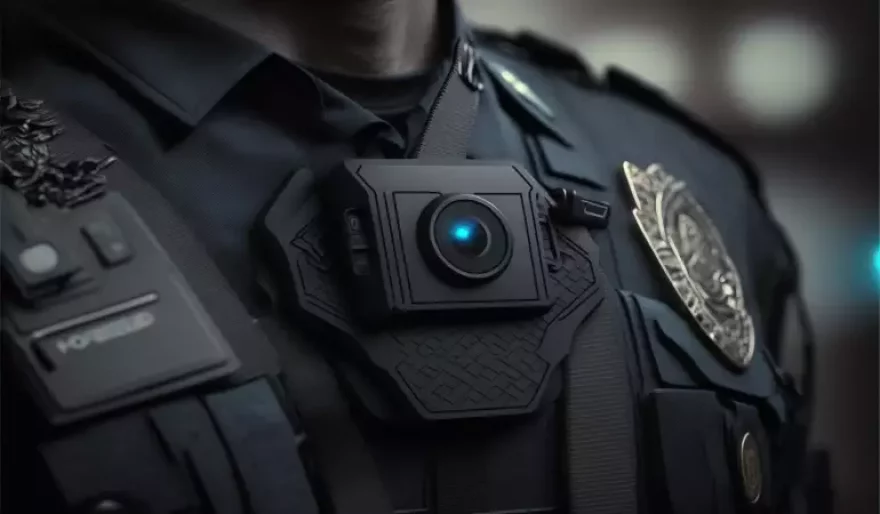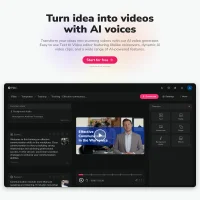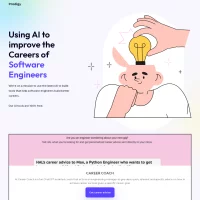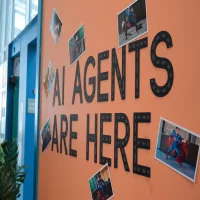Stay Ahead of the Curve
Latest AI news, expert analysis, bold opinions, and key trends — delivered to your inbox.
Revolutionizing Police Accountability: The Rise of AI in Bodycam Analysis
10 min read A new artificial intelligence (AI) system, developed by a company named Truleo, is revolutionizing the way in which police departments are managed and monitored. As a growing number of police departments adopt the system, it promises to bring about a new era of accountability and transparency in policing. March 08, 2023 02:54
A new artificial intelligence (AI) system, developed by a company named Truleo, is revolutionizing the way in which police departments are managed and monitored. As a growing number of police departments adopt the system, it promises to bring about a new era of accountability and transparency in policing.
Truleo's platform is designed to identify and highlight problematic encounters as well as commendable ones, by analyzing audio recordings from police officers' bodycams. The platform uses natural language processing to transcribe and analyze the recordings, flagging good and bad interactions, and sending reports to supervisors. The system, developed by reviewing more than 50,000 positive interactions between police officers and citizens, detects language use, as well as actions such as violence, pursuits, arrests, and requests for medical attention.
The system also alerts supervisors if an officer uses profanity, racial slurs, insults, or threats, or if they get into an inappropriate physical altercation. This quick response system helps supervisors to address problematic behavior within hours of it occurring. Meanwhile, officers who demonstrate professional and polite behavior, such as explaining commands to citizens, receive an email praising their performance, which is also sent to their supervisor.
"It gives the sergeant a roadmap to explain to the officers how to be more professional," says Anthony Tassone, CEO of Truleo. The system has been adopted by the Seattle Police Department, which recently renewed its contract for two more years, and about a dozen California departments.
In Alameda, California, police use of force dropped by 36% after adopting the Truleo system, according to a report. The unprofessional language used by officers also fell by 30%, and civilian non-compliance decreased by 12%. The system costs about $50 per officer per month, which can be offset through insurance reductions or grants for community policing improvement.
However, bodycam footage can only be used effectively to prevent police violence if officers keep their cameras rolling and if supervisors immediately address problematic behavior. "The number one problem I have is a chief who doesn't want to know what's on this video," Tassone says. "The hardware itself doesn't improve policing. You've got to analyze the data."
As the number of high-profile civilian deaths continues to rise, it is likely that more police departments will seek out solutions like Truleo to bring about a new era of accountability and transparency in policing. The system promises to be a valuable tool for commanding officers to identify patterns of conduct early on and provide counseling and training to prevent problematic behavior before it becomes a major issue.



















 AI Agents
AI Agents